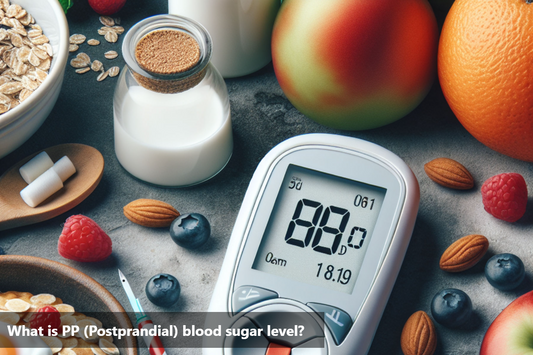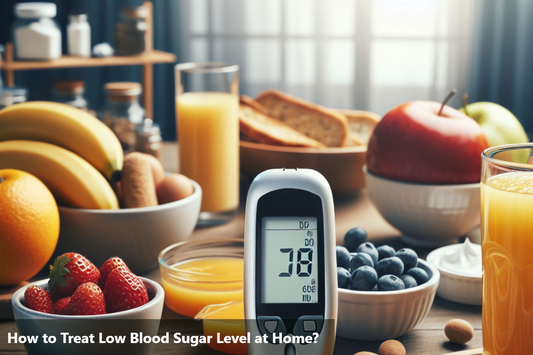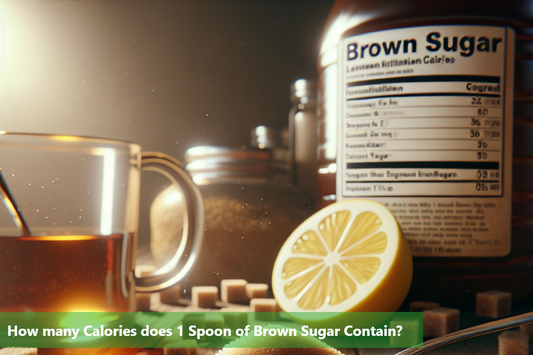Maintaining good blood sugar levels is very important, especially in emergencies at home. Taking quick and right actions can really help in these situations. Knowing how to lower blood sugar quickly during emergencies at home and managing fasting blood sugar levels well is crucial for staying healthy.
Signs and symptoms of high blood sugar
High blood sugar, also known as hyperglycemia, occurs when the level of glucose (sugar) in the blood is higher than normal. The signs and symptoms of high blood sugar can vary depending on the severity and duration of the elevation. Here are some common signs and symptoms to watch for:
-
Frequent Urination (Polyuria):
Increased thirst and urination are common symptoms of high blood sugar. When blood sugar levels are elevated, the kidneys may attempt to remove the excess glucose from the blood by excreting it in the urine, leading to increased urination.
-
Increased Thirst (Polydipsia):
Dehydration resulting from excessive urination can lead to increased thirst as the body attempts to replenish lost fluids.
-
Fatigue:
High blood sugar levels can prevent glucose from entering cells to be used as energy effectively, leading to feelings of fatigue and weakness.
-
Blurred Vision:
Elevated blood sugar levels can cause changes in the shape of the lenses in the eyes, resulting in blurred vision.
-
Unexplained Weight Loss:
Despite increased hunger and possibly increased food intake, individuals with high blood sugar levels may experience unexplained weight loss due to the body's inability to properly utilize glucose for energy.
-
Slow Wound Healing:
High blood sugar levels can impair circulation and the body's ability to heal wounds, leading to slow healing of cuts, bruises, and infections.
-
Increased Hunger (Polyphagia):
Cells may be deprived of glucose due to insulin resistance or insufficient insulin production, leading to increased hunger despite adequate food intake.
-
Dry Mouth and Skin:
Dehydration resulting from frequent urination can cause dry mouth and dry, itchy skin.
-
Headaches:
High blood sugar levels can cause headaches and difficulty concentrating.
-
Frequent Infections:
High blood sugar levels can weaken the immune system, making individuals more susceptible to infections, especially yeast infections (such as thrush) in the mouth and genital area.
-
Nausea and Vomiting:
In severe cases of hyperglycemia, nausea and vomiting may occur due to the body's attempt to rid itself of excess glucose.
Immediate steps to lower blood sugar
Lowering blood sugar levels quickly is important, especially if you're having symptoms of high blood sugar. Here are some first steps you can take to lower blood sugar:
Drink Water: Drinking enough water can help remove extra sugar from your body through urine. Have lots of water, around 8 ounces every hour.
Be Active: Physical activity helps your body use sugar for energy, which can lower blood sugar levels. Try walking, biking, or jogging for at least 30 minutes.
Eat High-Fiber Foods: Eating foods with a lot of fiber can slow down sugar absorption and stabilize blood sugar levels. Choose foods like vegetables, fruits, beans, and whole grains.
Watch Carb Intake: Limit carbs, especially sugary foods, as they can raise blood sugar quickly. Focus on carbs like whole grains with a lower glycemic index.
Take Medication: If you're on medication for diabetes, make sure to take it as prescribed by your doctor. This might include pills or insulin injections.
Relax: Stress can increase blood sugar levels, so try deep breathing, meditation, or yoga to lower stress levels.
Check Blood Sugar: Keep an eye on your blood sugar levels regularly with a glucose meter to see if your efforts are working. If levels stay high, seek medical help quickly.
Stick to Your Diabetes Plan: If you have diabetes, follow the plan provided by your doctor. This may involve specific diet suggestions, medication changes, and lifestyle tips designed for your needs.
Long-term strategies to control blood sugar
Maintaining healthy blood sugar levels is crucial for overall well-being and to prevent emergencies in the long run. Here are some effective strategies to control blood sugar levels:
Balanced Diet: Focus on a balanced diet rich in whole grains, vegetables, fruits, lean proteins, and healthy fats. Avoid sugary drinks and snacks to keep blood sugar levels stable.
Regular Physical Activity: Engage in regular physical activity such as walking, jogging, or cycling to help lower blood sugar levels and improve insulin sensitivity.
Monitor Blood Sugar Levels: Regularly monitor your blood sugar levels at home and keep track of patterns. This can help you understand how your body responds to different foods and activities.
Manage Stress: Stress can impact blood sugar levels. Incorporate stress-management techniques like meditation, yoga, or deep breathing exercises into your daily routine.
Stay Hydrated: Drink plenty of water throughout the day as dehydration can affect blood sugar levels. Opt for water instead of sugary beverages.
Get Enough Sleep: Prioritize a good night's sleep as lack of sleep can disrupt hormone levels and lead to fluctuations in blood sugar.
By following these long-term strategies, you can effectively control your blood sugar levels and reduce the risk of emergencies at home. Remember, consistency is key in maintaining healthy blood sugar levels.
Bottom Line
It's important to be ready to lower high blood sugar levels quickly in emergencies at home. Recognizing signs of high blood sugar and taking immediate action can help manage the condition well. One important point is knowing how to lower blood sugar fast during an emergency. This means having necessary items like glucose tablets or a glucagon kit easily accessible. Being prepared and having a plan can make a big difference in dealing with high blood sugar.
Moreover, it's crucial to use strategies to control fasting blood sugar levels for overall health. Monitoring regularly, eating a balanced diet, exercising, and taking medications correctly are important to manage blood sugar effectively. Keeping blood sugar levels healthy is an ongoing process that needs attention and commitment. By staying informed, prepared, and proactive, you can reduce the risk of emergencies and live a healthier life. Remember, your health is most important, so prioritize it and take the needed steps to control your blood sugar levels.
This Blog post is an initiative by DiabeSmart, to provide accurate and Nutritionist / Doctor approved information related to Diabetes. DiabeSmart is India's first Food brand designed specifically for Diabetics, that has been clinically tested on Diabetics and Pre-Diabetics to deliver 55% - 70% lower Sugar spikes. DiabeSmart is part of Lo! Foods - India's leading brand for Everyday Functional Health foods.











